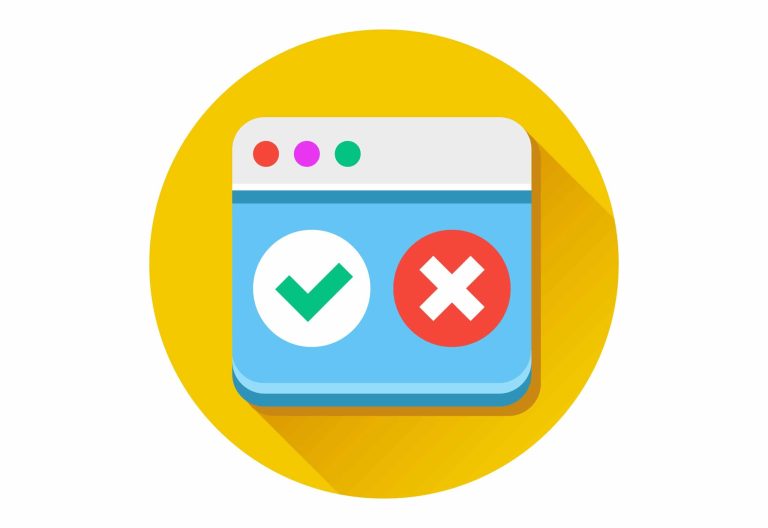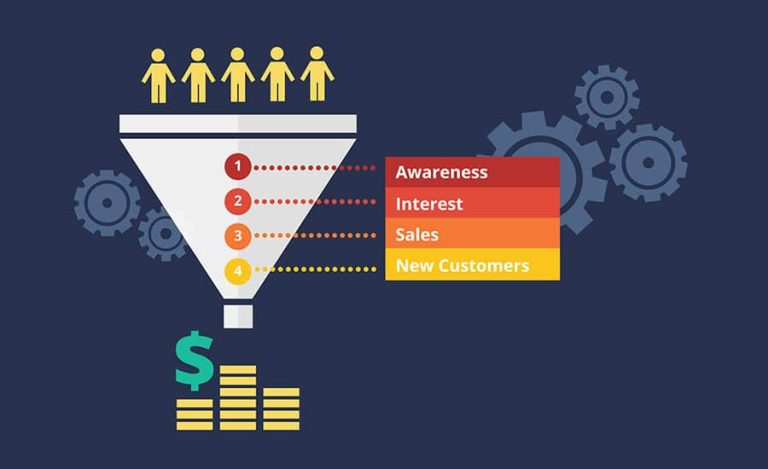Not so long ago, we published a post about popups, which we said can be used, among other things, to prevent cart abandonment, by setting a popup to appear when a user looks set to exit your site without completing their purchase. Typically, you’d try to tempt them with a discount, free shipping, or some other such deal sweetener. Sometimes, though, as keen as the person may actually be about your product, for some reason, they still don’t go through with the purchase. For a time, it was thought that when this happened, it was game over, but that’s not really the case. Because this is where retargeting – a term that’s often used interchangeably with remarketing – comes in.
With retargeting or remarketing (marketers still can’t agree on which term should be used and when), you continue to target users who have previously visited your website with banner ads on advertising networks across the internet. If you’ve ever visited a website like, Under Armour’s, say, and browsed their running gear without buying anything, but then noticed ads for the exact products you were browsing on other websites you visited afterwards, then you’ve been retargeted.
The goal of retargeting is to remind of how much you liked those running tights or shoes, and encourage you to go back and make a purchase.
This is how retargeting works
For retargeting to work, you must first place a piece of code, known as a pixel, on a particular page of your site (the purchase page, for example) or across your entire site. As visitors browse the pages with a pixel on them, the user is cookied so that when they visit other sites within the advertising network you are running ads on, they’re delivered your ads. Once that person goes back to your site and completes a transaction, they’re removed from your audience list, by what’s called a burn pixel.
That’s probably the most common form of retargeting, which you’ve undoubtedly experienced yourself, as you’ve browsed the web. It’s popular because it’s successful, and it’s successful because you’re delivering ads to people already familiar with your website and what you do, rather than hitting them cold, as you do normally. But although these users already know your business, you typically don’t know them.
What about retargeting known users?
This is a little less common, but essentially works in a similar fashion. Rather than inserting a pixel on your site, you instead upload your databases of email addresses you have to, usually, a social network site, like Facebook and Twitter, which will then scan their platform for users who have those email addresses and serve retargeting ads to them. Again, this is effective because they’re people who have not only just browsed your site once or twice, but because they have either already done business with you or are happy to receive information from you (or both), and so using a retargeting campaign, whether it’s a pixel-based one or list-based or both, helps make it appear as though, wherever and whenever they go online, all roads seem to be leading back to you!
When to use retargeting
Retargeting works best as part of a greater digital marketing strategy, particularly in the instance of retargeting known users on social media, for which you need a database. If you’re seeing that you have a lot of traffic coming to your site, but that conversions aren’t where they should be – or you’d like them to be – retargeting could be a useful way to tip the scales in your favour. It’s also a great way to further drive brand awareness among people who’ve already visited your site so that is appears, as I’ve said before, that all the online roads lead back to you.
If your conversion rate isn’t where it should be, however, it could indicate another, larger problem with your online marketing. Before you sink more money into your advertising, it’s wise to have your site and online marketing audited, which will help you identify if there are any black holes that might be holding you back. Purchase our Digital Performance Audit and find out if your online marketing is up to scratch, or click here to learn more.






